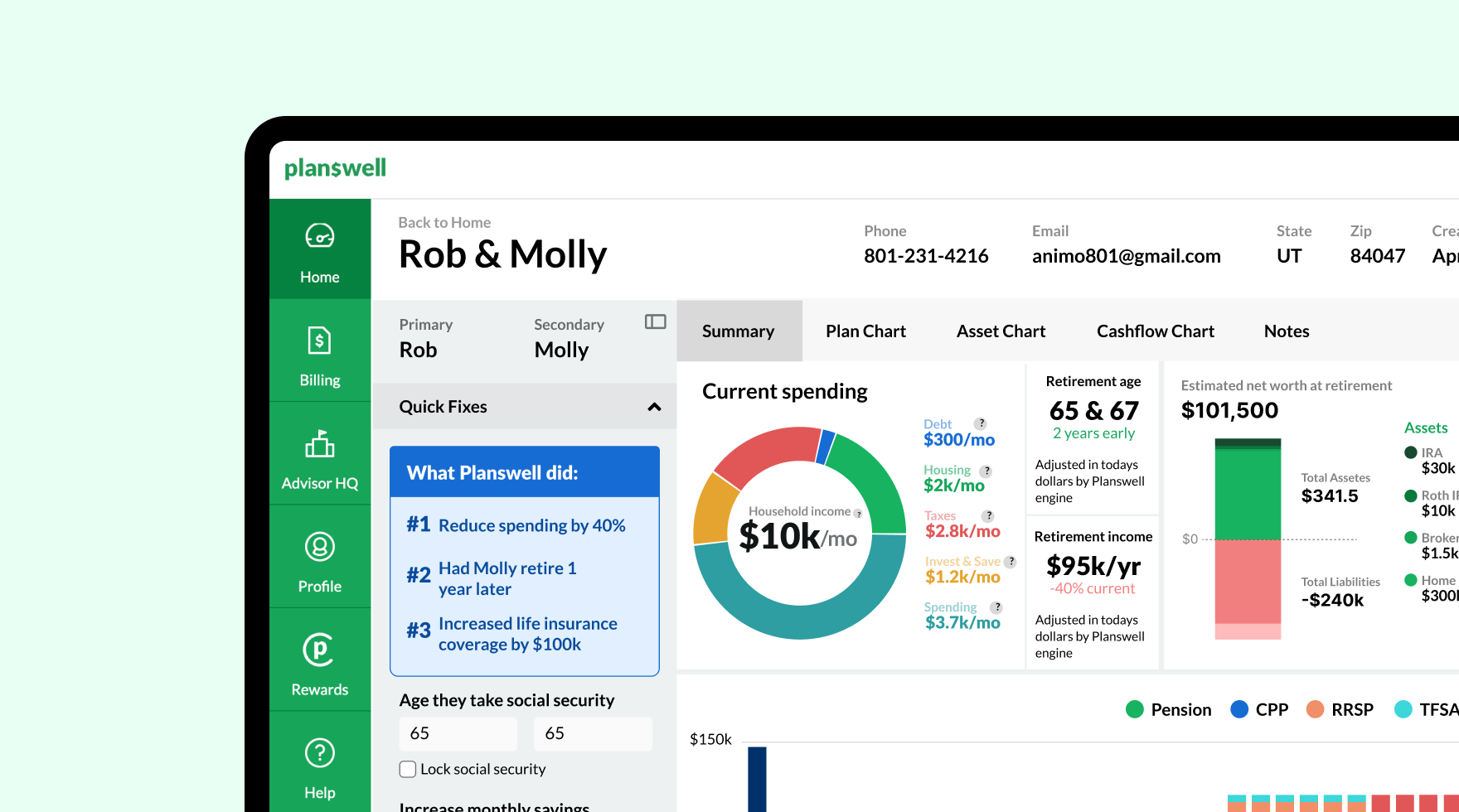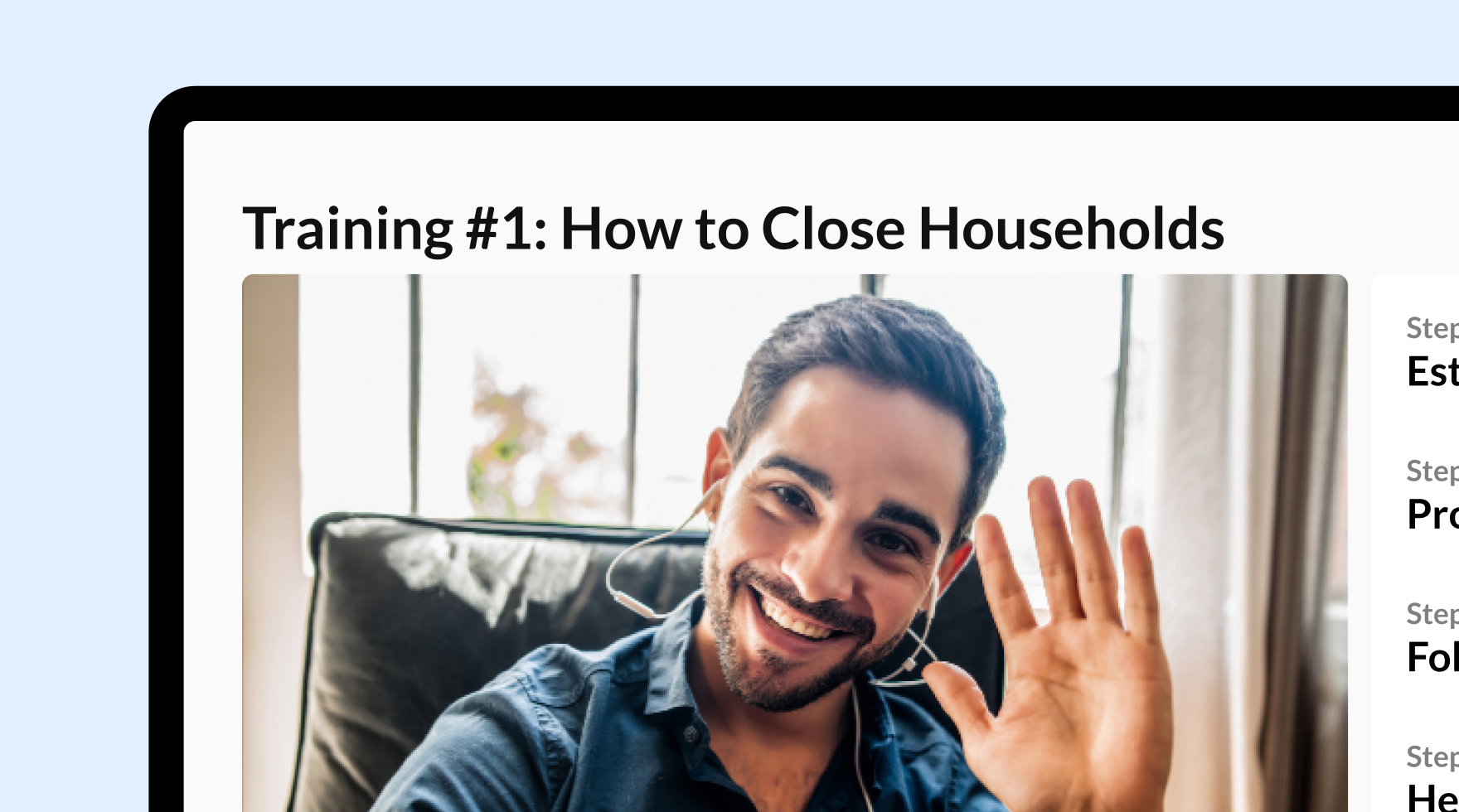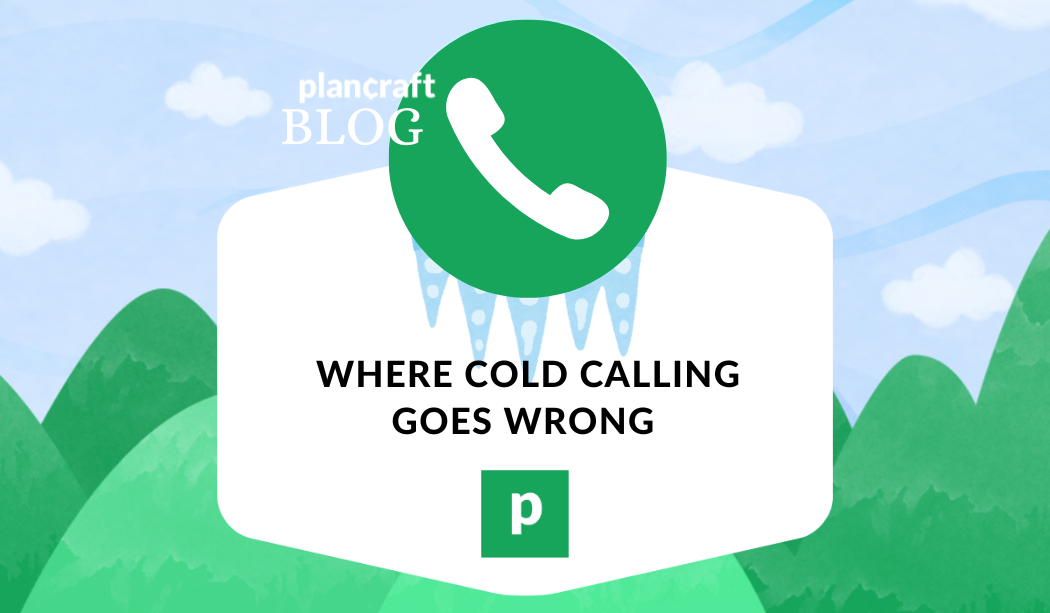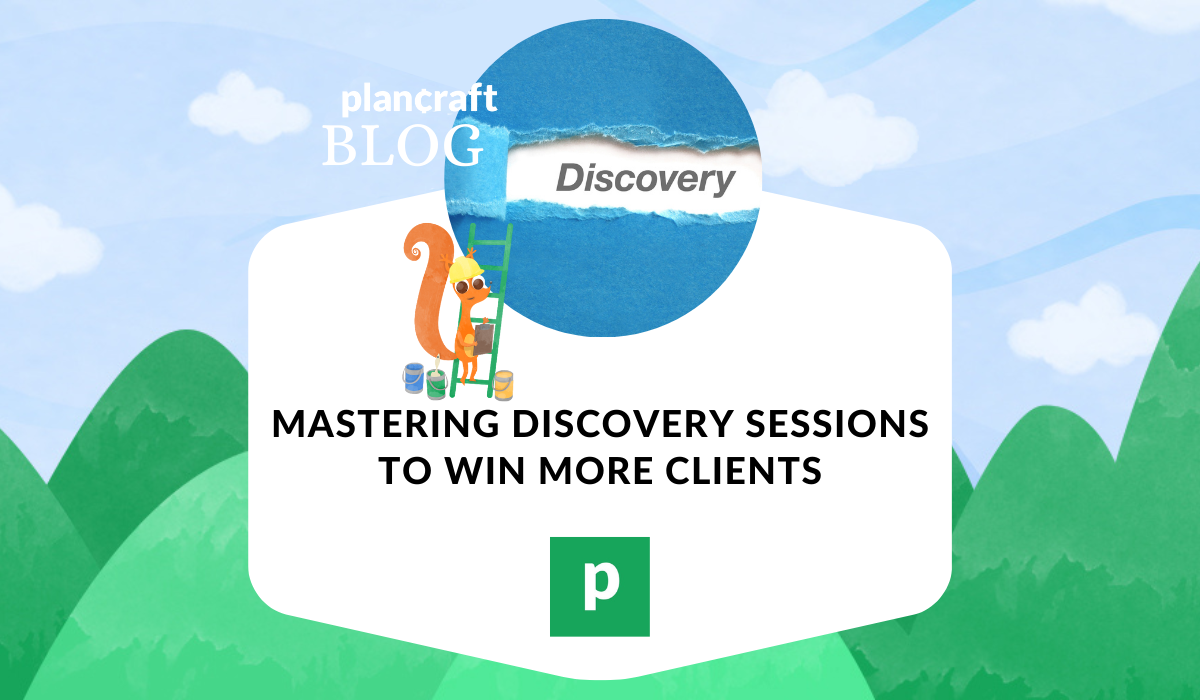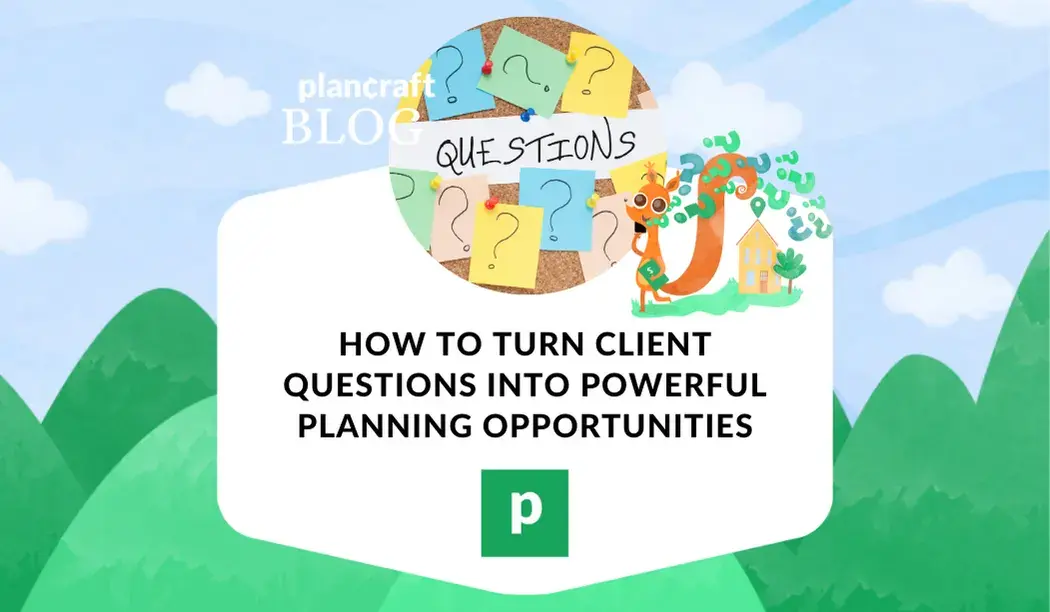Cold calling gets a bad reputation because so many calls feel the same: rushed opener, forced value prop, prospect shuts down, quick goodbye. The problem usually isn’t the phone. It’s the pitch and the posture behind it. When you shift from pushing to partnering, calls start to feel natural. Your calendar tends to reflect that.
1) Ditch the pitch
The fastest way to trigger resistance is a monologue. Most openers run long, stack benefits, and set you up to defend a claim. Instead, aim for a 10–12 second opener that names why you’re calling, signals relevance, and invites a response.
Try:
“Hi Sarah, it’s Jamie with Oak Ridge Financial. I help families in Plano sort out retirement income and healthcare costs. Is now a terrible time for a quick question?”
Why it works: you offer location fit, outcome focus, and a permission check. It usually earns you a few seconds to proceed without sounding like a script.
2) Lead with active listening
If you talk first, you negotiate from a weak spot. Open with a question you can truly listen to. Reflect back what you heard before you continue. This slows you down just enough to build trust.
Micro‑loop: Ask → Listen → Label → Confirm.
“Sounds like you already have someone you work with and things are fine for now. Did I hear that right?”
Prospects relax when they feel seen. You also buy yourself the right to ask a follow‑up.
3) Name the resistance you’re hearing
Resistance isn’t the enemy. Misreading it is. Most pushbacks fall into a few buckets:
- No time
- No trust
- No need
- No control
If you can label the bucket, you can choose the right response. For example, “no time” calls for a shorter ask, while “no trust” calls for a credibility bridge or a gentle next step.
4) Tackle the trust gap first
A lot of calls go sideways because we try to prove value before we’ve earned belief. Subtle trust builders often work better than big claims.
Credibility bridges that feel human:
- Local relevance: “I’m calling households in Franklin because open enrollment tends to expose Medicare‑related questions.”
- Specific focus: “My work is mostly with dual earners planning around Social Security timing.”
- Third‑party frame: “Folks usually ask about taxes on withdrawals or how to avoid premium surprises. Which one is closer to you?”
You’re not lecturing. You’re offering a menu that invites a choice.
5) Use the ACT framework when you get an objection
A simple way to stay composed is ACT: Acknowledge, Check, Transition.
- Acknowledge the feeling or fact.
“Totally fair.” “I get that.” “Makes sense.” - Check for permission or clarify.
“Would it help if I asked one quick thing to see if this is even relevant?” - Transition to the smallest logical next step.
“If yes, I’ll offer a five‑minute time on Thursday or send a one‑page summary.”
ACT keeps you from debating and moves the call forward in small, low‑friction steps.
6) Make it permission‑based, always
People don’t resist conversations they control. Your language can offer control without losing momentum.
Phrases that lower pressure:
- “Is now a terrible time for a quick question?”
- “Open to a 30‑second context so you can decide if this is useful?”
- “Would you rather I send the notes or pick a quick time?”
These lines sound simple, but they often change the tone of the entire call.
7) Follow‑up that actually gets answered
Most follow‑ups fail because they ask for a meeting before re‑establishing relevance. Tie the follow‑up to what the prospect said, then offer two clear paths.
Call‑to‑follow‑up example:
“Thanks for flagging that your spouse just changed jobs. I pulled a quick note on how that could affect next year’s withholding and healthcare elections. Want me to send the one‑pager, or should we put five minutes on the calendar to walk through it?”
Email template:
Subject: That Medicare premium question
“You mentioned not wanting a premium surprise at 65. I put together a short note on how age‑63 income decisions tend to affect that. If you’d like the PDF, reply ‘send.’ If a quick call works better, I can do Wed at 2 or Thu at 10.”
8) Real‑world example
Prospect: “We already have an advisor.”
Advisor: “Makes sense. Most families I help already have someone too. Would it be helpful if I ask one quick thing to see if this is even relevant?”
Prospect: “Sure.”
Advisor: “When markets were rough last year, did you get a clear plan for taxes on withdrawals and a simple cash map for the next 12 months?”
Prospect: “Not really.”
Advisor: “Got it. I can send a one‑page checklist on those two items. If it’s useful, we can spend five minutes deciding if a fuller review makes sense. Want the one‑pager or a quick call?”
Nothing fancy. Just ACT, a permission check, and a tiny next step.
Tiny case sketches
Case 1: The scheduler
Lena hated calling and rushed her opener. After two practice sessions and trimming her opener to 11 seconds, she started asking, “Is now a terrible time?” Her live contact rate didn’t change, but her conversations lasted longer, and she booked five micro‑meetings in a week.
Case 2: The skeptic
Marcus kept hearing “send me something.” He began labeling resistance and using ACT. When he heard “no time,” he offered a choice between a one‑pager and a five‑minute slot. About a third chose the document, and several replied to that email within a day.
What to document after each call
- What resistance bucket you heard first
- The exact words you used to acknowledge it
- The permission question that worked
- The smallest next step you offered
- The follow‑up you promised and when you sent it
Want to go deeper
Watch Andy & Ermos cover permission based calling, the ACT method, and real call snippets. Watch here

